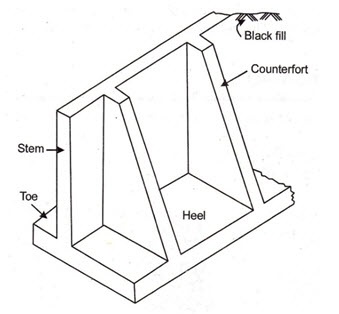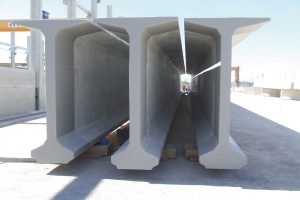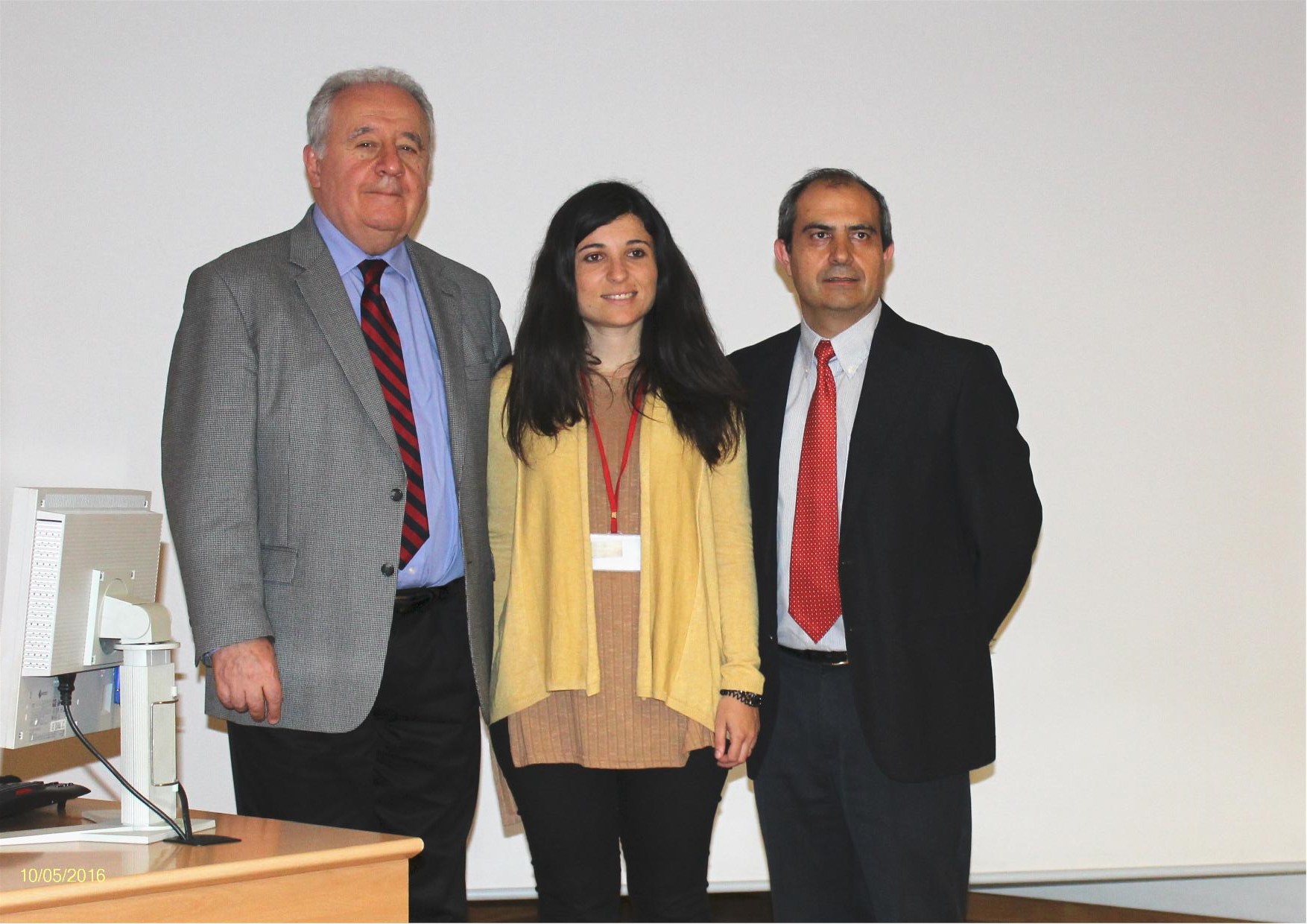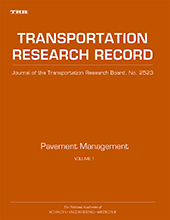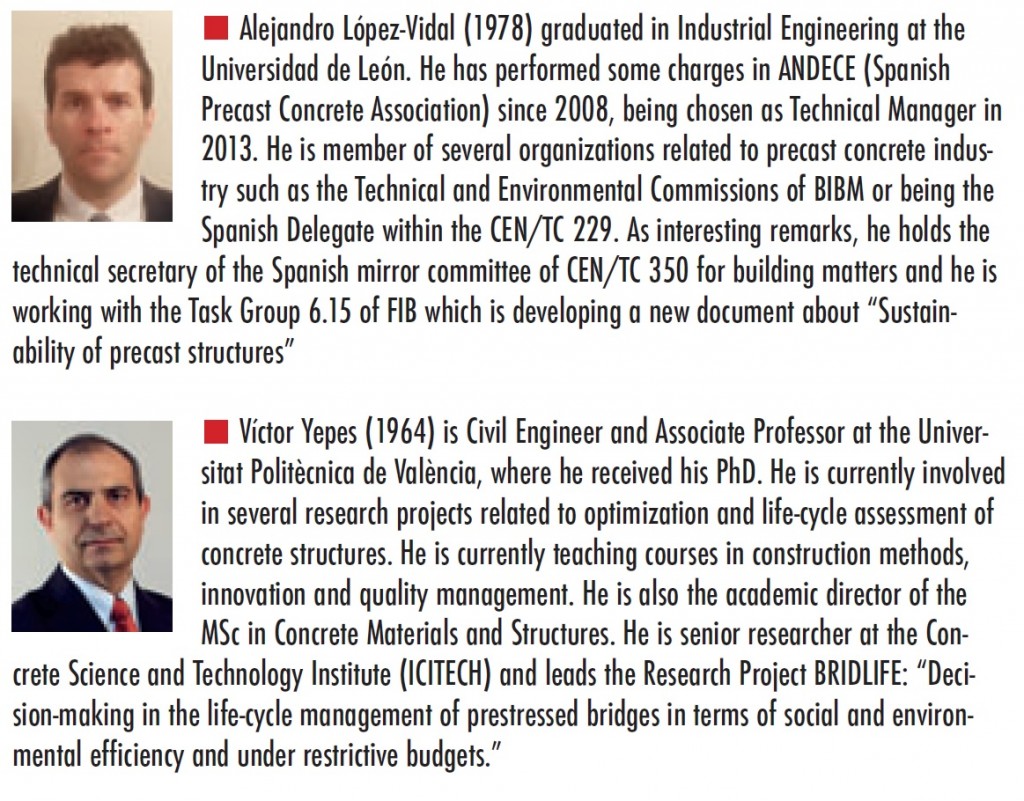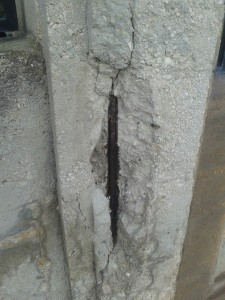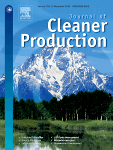 Nos acaban de publicar un artículo que versa sobre la evaluación del ciclo de vida de muros óptimos de contrafuertes. En este estudio se han analizado 30 muros optimizados de varias alturas (4-13 m), con terrenos de distintas capacidades portantes (0,2; 0,3 y 0,4 MPa). Os paso la referencia, el resumen y el enlace al artículo. Espero que os sea de interés.
Nos acaban de publicar un artículo que versa sobre la evaluación del ciclo de vida de muros óptimos de contrafuertes. En este estudio se han analizado 30 muros optimizados de varias alturas (4-13 m), con terrenos de distintas capacidades portantes (0,2; 0,3 y 0,4 MPa). Os paso la referencia, el resumen y el enlace al artículo. Espero que os sea de interés.
NOTICIA: Hasta el 21 de diciembre de 2016 podéis descargaros gratis el artículo directamente en:
http://authors.elsevier.com/a/1Tz-03QCo9JQWX
Aprovecha la oportunidad para no pagar los costes de descarga.
- A life cycle assessment over 30 optimized earth-retaining walls is conducted
- Concrete presents the highest contribution to all impact categories
- Steel significance on every impact increases with wall size
- The recycling rate influences each impact category to different degrees
- Savings on abiotic resource depletion with 70% recycled steel are about 72%
In this paper life cycle assessments are carried out on 30 optimized earth-retaining walls of various heights (4–13 m) and involving different permissible soil stresses (0.2, 0.3 and 0.4 MPa) in Spain. Firstly, the environmental impacts considered in the assessment method developed by the Leiden University (CML 2001) are analyzed for each case, demonstrating the influence of the wall height and permissible soil stress. Secondly, this paper evaluates the contribution range of each element to each impact. The elements considered are: concrete, landfill, machinery, formwork, steel, and transport. Moreover, the influence of the wall height on the contribution of each element over the total impact is studied. This paper then provides the impact factors per unit of concrete, steel, and formwork. These values enable designers to quickly evaluate impacts from available measurements. Finally, the influence of steel recycling on the environmental impacts is highlighted. Findings indicate that concrete is the biggest contributor to all impact categories, especially the global warming potential. However, the steel doubles its contribution when the wall heights increase from 4 m to 13 m. Results show that recycling rates affect impacts differently.
Keywords
Life cycle assessment; Retaining wall; Sustainability; Buttressed wall
Referencia:
ZASTROW, P.; MOLINA-MORENO, F.; GARCÍA-SEGURA, T.; MARTÍ, J.; YEPES, V. (2017). Life cycle assessment of cost-optimized buttress earth-retaining walls: a parametric study. Journal of Cleaner Production, 140:1037-1048. DOI: 10.1016/j.jclepro.2016.10.085

